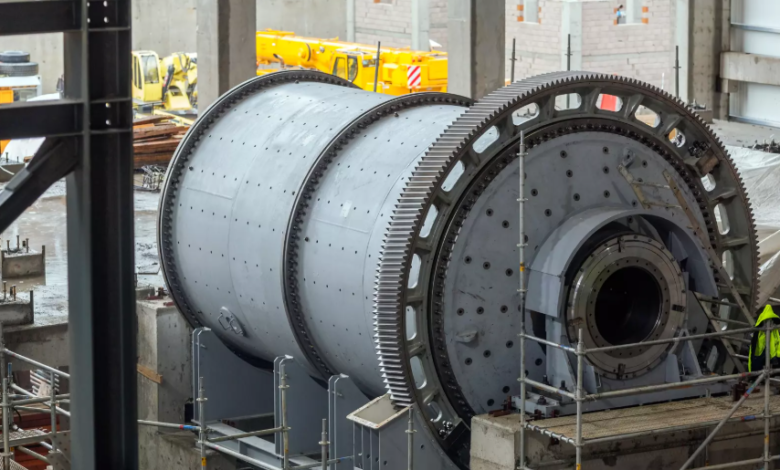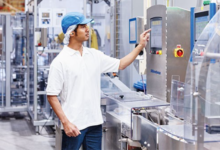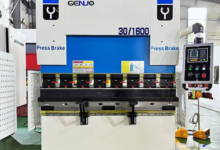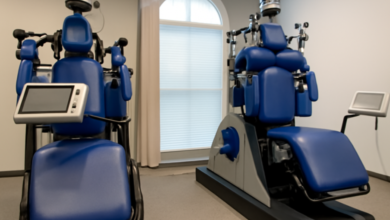Innovations in Ball Mill Design: How Automation is Revolutionizing Operation

The world of industrial grinding and material processing has entered a new era of innovation. For decades, the Ball mill has been a cornerstone of industries like cement, mining, and metallurgy, known for its reliability and efficiency in grinding raw materials into fine powders. However, recent technological breakthroughs, especially in automation and digital monitoring, have completely transformed how these machines operate. Today’s modern mills are smarter, more efficient, and more sustainable than ever before, redefining the standards of industrial production.
The Evolution of the Ball Mill
Originally, the Ball mill was a simple rotating drum filled with grinding media—usually steel balls—that crushed materials through impact and friction. While the principle remains the same, the way mills are designed and managed has changed dramatically. Traditional systems relied heavily on manual operation, experience-based adjustments, and periodic maintenance checks. These methods, though effective, often resulted in energy waste, inconsistent output, and unplanned downtime.
Automation and advanced design integration have brought precision, consistency, and predictive intelligence into the process. Now, sensors, PLCs (Programmable Logic Controllers), and AI-based monitoring systems play a key role in optimizing every aspect of mill operation—from material feed rates to motor power and temperature regulation.
See also: Why Garage Door Repair Is Crucial for Maintaining Home Safety
How Automation is Reshaping Ball Mill Performance
One of the biggest innovations in modern Ball mill design is the adoption of smart control systems. These systems continuously monitor grinding conditions and automatically adjust operating parameters in real time. For example, intelligent sensors can detect changes in material density or moisture and fine-tune the mill’s speed or ball load accordingly. This reduces energy consumption, prevents over-grinding, and ensures a consistent product size.
Automation also enables predictive maintenance. In older mills, maintenance was reactive—issues were addressed only after breakdowns occurred. Today’s advanced mills can predict wear patterns, detect vibration anomalies, and alert operators before a failure happens. This proactive approach extends the lifespan of components and minimizes costly downtime, making operations both efficient and cost-effective.
Comparing Traditional Mills with Modern Automated Systems
When compared to traditional setups, automated Ball mills demonstrate a significant improvement in performance metrics. Production capacity increases due to optimized grinding efficiency, while power consumption decreases as unnecessary energy waste is eliminated. Moreover, data logging and analysis allow plant managers to gain deeper insights into process performance, helping them make informed decisions that further enhance output and sustainability.
Automation has also reduced the dependency on manual intervention, improving worker safety. Operators now oversee the process from centralized control rooms, analyzing real-time data instead of handling physically demanding or hazardous tasks. This not only increases operational accuracy but also fosters a safer and more intelligent work environment.
The Role of Cementl in Advancing Automated Grinding Solutions
Among the industry leaders driving innovation in mill design, Cementl has emerged as a key name pushing boundaries in automated grinding technology. The brand has been instrumental in developing next-generation mills that merge mechanical reliability with digital intelligence. Their advanced designs seamlessly integrate AI-based process optimization and real-time condition monitoring, setting a new benchmark for operational excellence.
Cementl’s collaboration with high-end systems like the tongli vertical roller mill showcases how hybrid solutions are shaping the future of cement production. While the Ball mill remains a vital part of grinding operations, the tongli vertical roller mill represents a complementary advancement—offering higher energy efficiency, reduced carbon footprint, and finer control over material quality. Together, these innovations illustrate a future where traditional machinery and modern automation coexist to achieve unprecedented productivity.
Sustainability and Energy Efficiency: The Core of Modern Design
As environmental regulations tighten and energy costs rise, sustainability has become central to modern mill design. Automated systems allow for precise control of power consumption, minimizing waste and improving overall efficiency. For example, variable frequency drives (VFDs) and optimized motor designs reduce unnecessary power draw during low-load periods. Combined with real-time process adjustments, these innovations significantly cut energy usage without sacrificing output quality.
Furthermore, data-driven automation supports long-term sustainability goals by providing insights into resource consumption and emissions. Manufacturers can now track carbon performance and implement greener operational strategies—something that was nearly impossible with conventional systems.
The Future of Automated Ball Mills
Looking ahead, the future of the Ball mill lies in deeper digital integration and smarter analytics. With the rise of Industry 4.0, cloud-based data management and remote monitoring will make operations even more efficient and responsive. Advanced AI algorithms will continue to refine process parameters automatically, learning from historical data to enhance grinding precision.
Brands like Cementl and technologies such as the tongli vertical roller mill are paving the way for this transformation. By embracing automation, manufacturers are not only improving performance but also creating cleaner, safer, and more sustainable production environments for the next generation of industrial innovation.
Conclusion
The transformation of the Ball mill from a purely mechanical grinder into a digitally intelligent machine marks a defining moment in industrial history. Automation, advanced sensors, and predictive analytics are revolutionizing how materials are processed, making operations more efficient and environmentally responsible. With industry pioneers like Cementl and modern solutions such as the tongli vertical roller mill, the future of grinding technology is not just about better output—it’s about smarter, sustainable progress.







